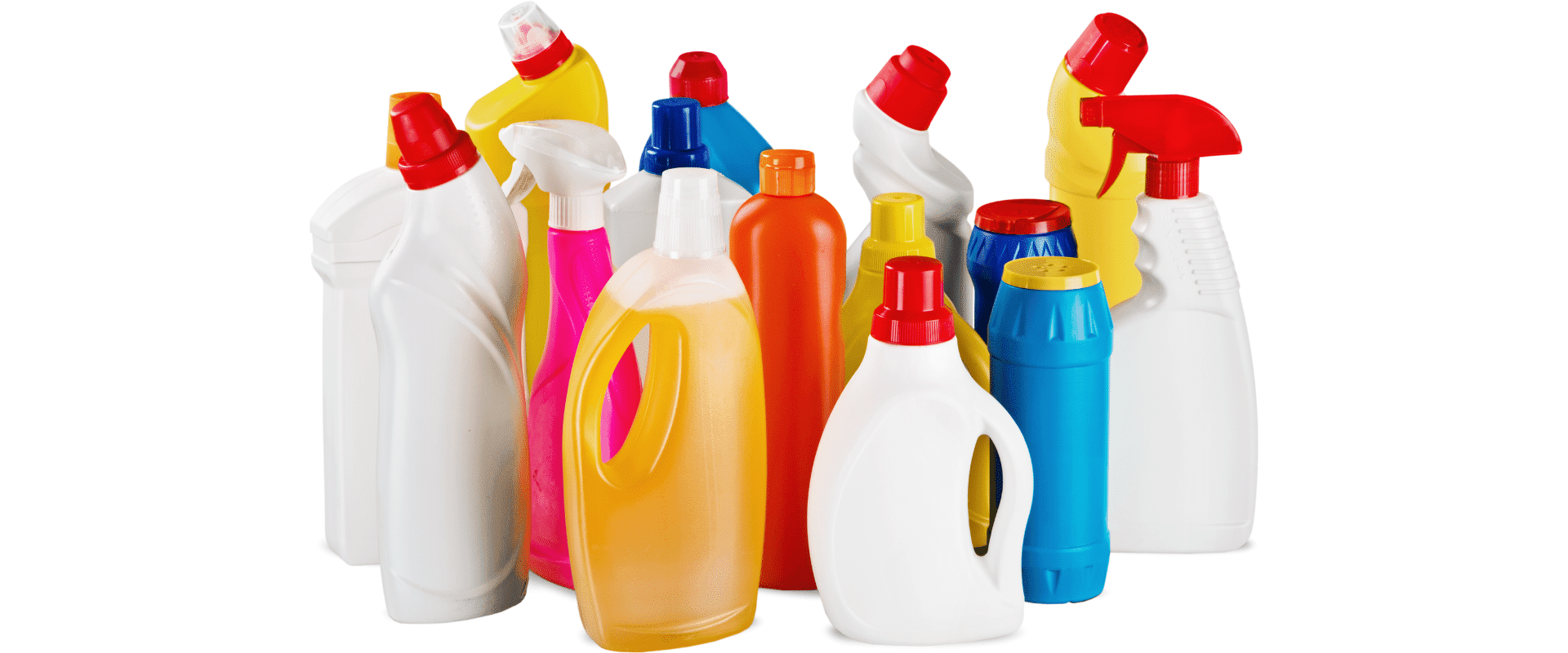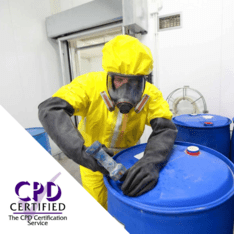What are the COSHH regulations 2002, and how do you take control?
The COSHH regulations 2002 cover substances that are hazardous to the health of workers or anybody who might come into contact with the activities of the company.
Substances can take many forms and include:-
- Chemicals,
- Products containing chemicals,
- Fumes,
- Dusts,
- Vapours,
- Mists,
- Nanotechnology,
- Gases and asphyxiating gases and biological agents (germs).
- Germs that cause diseases such as leptospirosis or legionnaires disease and germs used in laboratories.
COSHH does not cover:-
- Lead,
- Asbestos,
- Radioactive substances.
These have their own specific regulations
What you need to do…
Before you start your COSHH assessment, you need to:
- Think about what you do that involves hazardous substances?
- How can these cause harm?
- How can you reduce the risk of harm occurring?
- Always try to prevent exposure at source.
For example:
Can you avoid using a hazardous substance or use a safer process that prevents exposure? This could mean using a water-based rather than solvent-based products, or applying by brush rather than spraying.
Can it be substituted for something safer? Swapping an irritant cleaning product for something milder, or using a vacuum cleaner rather than a brush.
Can a safer substance be used?
For example, a solid rather than liquid, or a waxy solid instead of a dry powder to avoid dust?
If you can’t prevent exposure, then it needs to be controlled adequately by applying the principles of good practice and control.
This means:
All control measures are in good working order and sufficiently robust, and where one exists, exposures are below the Workplace Exposure Limit (WEL).
Exposure to substances that might cause cancer, asthma or genetic problems is reduced to as low a level as possible.
A COSHH assessment concentrates on the hazards and risks from hazardous substances in your workplace.
Health hazards are not just limited to substances labelled as ‘hazardous’. Often, many harmful substances can be produced by processes, such as wood dust from sanding, or silica dust from tile or concrete cutting.
Identify the hazards…
Read the product labels and safety data sheets (SDS) to identify which substances are harmful. Contact the supplier for further information if in any doubt whatsoever.
Try to think about the harmful substances produced by your processes or work methods, such as cutting, grinding, spraying or sanding etc, to which the immediate workers and other employees might be exposed to.
Decide who might be harmed and how.
How might the workers be exposed and what is the route into the body?
Factors to consider would include breathing in, absorbtion through the skin, ingestion via the mouth or through the eyes for example. Also, consideration should be given to the harm caused by these methods.
Further factors to consider are how often people work with the substance and for how long. Could their exposure time be reduced?
Give thought to anyone else who could be exposed.
This might include maintenance workers, contractors, visitors or even members of the public.
Can people be exposed accidentally?, for example when cleaning or delivering.
Evaluate the risk…
The next stage is to evaluate the risks and decide on the precautions.
Once a risk assessment has been conducted and harmful substances have been identified along with how workers can be harmed, can thought be given to an alternative substance? If this is not possible, an adequate control measures to reduce exposure must be put into place.
The measures adopted could include:
Changing the process to reduce risks.
For example, use pellets or solid tablets instead of powder to prevent dust getting into the air, or reduce the temperature of a process to minimise vapour release.
Containment.
Enclose the process or activity as much as possible to minimize the escape or release of the harmful substance.
Consider using a closed transfer and handling system to reduce handling of materials.
Extract emissions of the substance near the source through Local Extract Ventilation (LEV).
Be clear and strict on systems of work by restricting access to an area to those people who only need to be there.
Plan the storage of materials, and use appropriate containers. These need to be correctly labelled with acids and caustics for example separated into their own containment area.
Set up and plan the appropriate storage and disposal of waste items so they can be safely disposed of or recycled.
Cleaning.
Cleaning exposes workers to a cocktail of hazards, therefore the planning and organizing of the workplace so that it can be easily and effectively cleaned should be a priority.
Having smooth worksurfaces to allow easy cleaning and suitable equipment and procedures to clear up spillages quickly and safely will make the process a lot easier and safer.
This should also include a regime of regularly cleaning using a mechanical method such as vacuuming over dusting to extract particles.
Record the procedures
If you have five or more employees, you must record your assessment, but even if you have fewer than five, it would be prudent and good practice to write down and record the steps you have taken to identify the risks.
The really important part is making a list of the actions you have taken to control the risks to workers’ health. In this way, should the employer have need to defend himself, there is a provable record of steps taken to reasonably do everything to protect the employees from harm.
Lastly, the risk assessment should be regularly reviewed to ensure that it is kept up to date and to take into account any changes in the workplace.
Review regularly.
By regularly reviewing the risk assessment the employer can be be sure that all is being done to ensure the controls are robust and effective. These checks should be adequate to determine whether improvements are required and will include:
Maintaining plant and equipment, including all ventilation equipment which must be examined and tested regularly by a competent person. (LEV must be tested every 14 months)
Ensuring systems of work are being followed and having the ability to revise and implement changes if they are not.
Ensuring PPE is suitable, used, fits correctly and is maintained.
Where a control is outside the employer’s capability to assess, that professional advice is sought from a person who is competent in that area of specialism.
By adopting these principles, the employer can be reasonably sure that he or she is doing everything reasonably possible to protect the employee and be able to demonstrate that there is a robust system in place.
And last but not least
We all have a role to play in effective health and safety, and for those actively involved in promoting safe working practices it can be a rewarding, interesting and varied role.
Please visit this site often where you will find a growing number of articles, resources, advice and opinion.
Whether you are a seasoned health and safety professional, or just getting started, we value your opinions and input so please feel free to comment on any of the posts.
Due to the ever-changing nature of regulations and the law, please visit http://www.hse.gov.uk/ for the very latest information and updates.



This is a good article and very helpful.
I have a small hairdressing salon employing 3 stylists. Would I need to do an assessment for anything I use?
Thanks.
Vina.
Hi Vina,
Yes you would need to consider things that your staff use on a day to day basis as part of carrying out their work.
This might include chemicals such as hair dye, bleach or perming solution for example.
You might want to also consider equipment such as hairdryers. Are they safe and tested regularly, or are they used near a sink or wet area?
Then consider the controls. I.e. wearing of gloves when handling chemicals, PAT testing electrical equipment or ensuring electrical outlets are sufficiently far enough away from sources of water.
The whole point is to not endanger your staff or affect their health, and demonstrating that you are pro-active in doing so by producing a Risk Assessment.